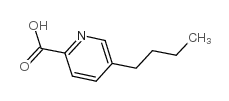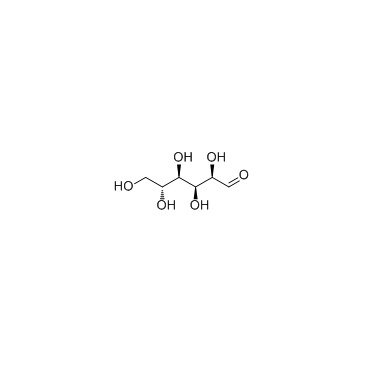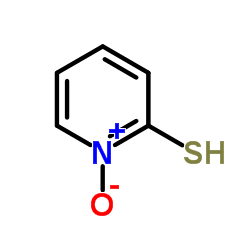| Structure | Name/CAS No. | Articles |
|---|---|---|
 |
Dichloromethane
CAS:75-09-2 |
|
 |
Fusaric acid
CAS:536-69-6 |
|
 |
Dimethyl sulfoxide
CAS:67-68-5 |
|
 |
D-(+)-Glucose
CAS:50-99-7 |
|
 |
ethyl acetate
CAS:141-78-6 |
|
 |
Pyrithione
CAS:1121-31-9 |
|
 |
8-Octanoyloxypyrene-1,3,6-trisulfonic acid trisodium salt
CAS:115787-84-3 |